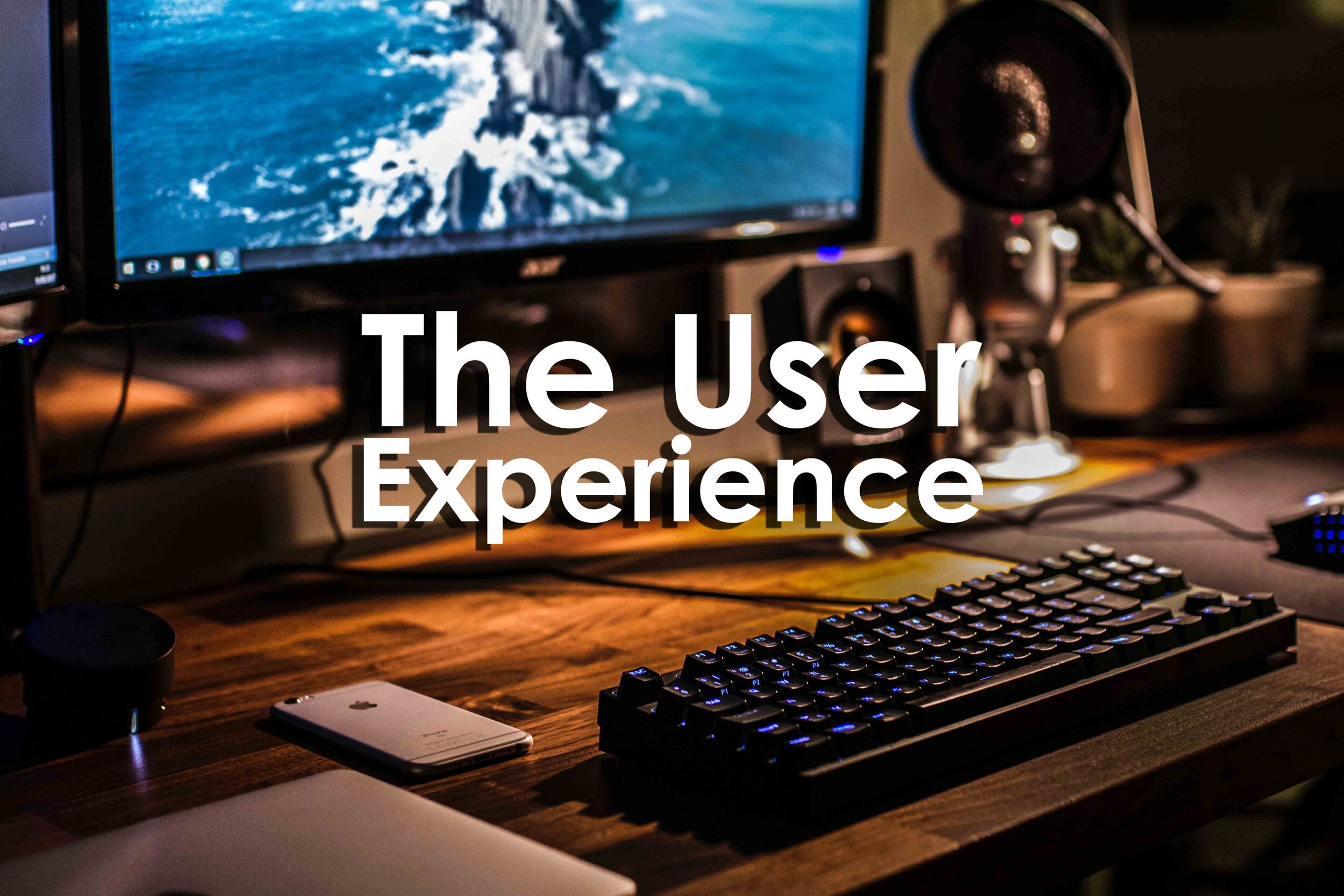The User Experience
The User Experience
The User Experience
This article is based on Celia Hodent’s post here: Gamasutra: Celia Hodent's Blog - Understanding the Success of Fortnite: A UX & Psychology Perspective
Fortnite recently became one of the most successful video games in history, which has been a mixture of surprise, fascination, and wonder for someone like me. Someone who was never been that big on the battle royal train from the beginning.
Celia Hodent’s is the former director of User Experience at Epic Games where she worked on Fortnite from 2013 to 2017. In her original post here: Gamasutra: Celia Hodent's Blog - Understanding the Success of Fortnite: A UX & Psychology Perspective she talks about the combination of her different disciplines in psychology, user experience, and how both informed the development of Fortnite.
This article goes deeper into the symbology that is incorporated into a game like Fortnite. Symbology is an important factor for any kind of user experience. It’s especially important for games. In table top games; symbols are important for relating a chunk of information quickly, seamlessly, and easily to players.
This if often easier said than done. Particularly when designers tend to rely on colors or shapes that may not be as easily accessible for all gamers.
Hodent goes into more depth in this article about the use of the specific symbol for traps in the game. In original play tests; the symbol was not entirely clear that this was a trap. That made it difficult for players to quickly determine the meaning of different elements in the game.
The connection between the symbols for traps and their meaning was highly important for the user experience. The less thinking player had to do to connect the item with its contents helped players stay more engaged.
This lead to Hodent’s split between two outcomes for players: usability and engage-ability. The latter focused not only on players’ abilities to use games; but how they were engaged with the game through play.
There are great applications of this in table top game design as well as in games-based learning. Being able to quickly connect symbols with outcomes; loops; and resources allows players to keep their engagement with both game objects and the learning outcomes that we’ve created.
All of this is designed in order to make sure that our game and the experience is going to be as intuitive and easy to use as possible. That has the added ability of ensuring that our players and students can better engage in a state of flow through their play of our games.
Hodent also indicates that unlike tools, games aren’t a means to an end. Games are supposed to be experiences that we play for enjoyment; but they can also be used for education and development through games-based learning.
As with a socialized learning environment through experiential learning, it’s important that relatedness also rise to the same level of usability and engage-ability. That means that being able to form meaningful relationships with others in the game is important for developing these bonds.
Those bonds are furthered by what Hodent indicates is the “game feel” and the subjective experience of the game. Specifically how gamers remember how “good it is” to play a game. That good feeling certainly comes from usability and engage-ability but is also supported by the social network of the game as well.
That social network also relates into how the thematic immersion of our games involve our players. Of course there will continue to be table top games about trading in the Mediterranean; gaining the most victory points; or scoring the most honor. But how do those choices make sense for our players? As educators we must think about how can we connect those meaningful game decisions into achievable learning outcomes.
The answers to both are incredibly challenging and difficult to achieve. But through collaborative development; play-testing; and active experimentation, we can achieved polished designs that are inclusive; usable; and highly engaging.
This article covered the user experience in games-based learning. To learn more about the user experience in gamification, check out the free course on Gamification Explained.
Dave Eng, EdD
Managing Partner
References
Csikszentmihalyi, M. (2009). Flow: the psychology of optimal experience. New York: Harper Row.
Eng, D. (2019, October 1). Flow State. Retrieved November 4, 2019, from https://www.universityxp.com/blog/2019/10/1/flow-state
Eng, D. (2019, April 16). Why Use Games-Based Learning? Retrieved November 4, 2019, from https://www.universityxp.com/blog/2019/4/16/why-use-games-based-learning
Hodent, C. (2018). The gamers brain: how neuroscience and Ux can impact video game design. Boca Raton, FL: CRC Press, Taylor & Francis Group.
Hodent, C. (2019, July 23). Understanding the Success of Fortnite: A UX & Psychology Perspective. Retrieved October 29, 2019, from https://www.gamasutra.com/blogs/CeliaHodent/20190723/347166/Understanding_the_Success_of_Fortnite_A_UX__Psychology_Perspective.php?elq_mid=92095&elq_cid=28177740.
Norman, D. (2013). The Design of Everyday Things: Revised and Expanded Edition. New York.
Cite this Article
Eng, D. (2019, November 05). The User Experience. Retrieved MONTH DATE, YEAR, from https://www.universityxp.com/blog/2019/11/5/the-user-experience
Internal Ref: UXP6DGOPMWTS

